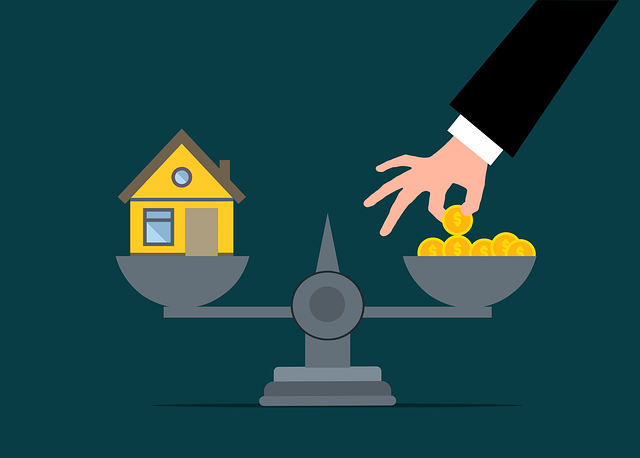Consolidating debt into one loan is a strategic move to manage multiple debts efficiently. By combining loans with varying interest rates and terms, individuals can secure a low-interest rate, simplify monthly payments, and save money on interest charges over time. This process involves understanding different consolidation methods like direct consolidation or home equity options, assessing existing loans' details, and shopping around for favorable terms from various lenders to streamline debt obligations and regain financial control.
Tired of juggling multiple loans with varying interest rates? Merging them into one low-rate loan through consolidation can simplify your financial life significantly. This article guides you through the process, from understanding the basics of loan consolidation to choosing the right method and taking control of your debt. Discover the benefits of lower rates and streamlined payments that come with consolidating your debts into a single, manageable loan.
- Understanding Loan Consolidation: Unlocking Financial Simplicity
- Benefits of Merging Loans: Lower Rates and Simplified Payments
- Choosing the Right Consolidation Method: Securing the Best Terms
- Step-by-Step Guide to Consolidating Debts: Taking Control of Your Finances
Understanding Loan Consolidation: Unlocking Financial Simplicity

Loan consolidation is a powerful strategy for managing multiple debts by combining them into one low-interest loan. This process offers significant financial simplicity, especially for borrowers with diverse loans from different lenders. Instead of making several payments with varying interest rates and terms, consolidating allows you to streamline your repayments into a single, more manageable schedule.
By consolidating debt into one loan, individuals can reduce their monthly expenses and potentially save money on interest charges over the life of the loan. It provides clarity by simplifying the repayment process, making it easier to stay on track with financial goals. This is particularly beneficial for those who have found themselves overwhelmed by multiple loan obligations, enabling them to regain control and make progress toward debt elimination more efficiently.
Benefits of Merging Loans: Lower Rates and Simplified Payments

Merging multiple loans into one low-rate option, often referred to as consolidating debt into one loan, offers several compelling benefits. One of the most significant advantages is the potential for lower interest rates. By combining multiple debts, you can secure a single loan with a more competitive rate, saving you money in the long run. This is especially beneficial if your original loans vary widely in terms of interest charges.
Additionally, consolidating loans simplifies your payment process. Instead of managing several payments across different lenders, you’ll have just one monthly payment to track and manage. This simplification not only reduces administrative burdens but can also make budgeting easier for borrowers by offering a clear, consolidated view of their financial obligations.
Choosing the Right Consolidation Method: Securing the Best Terms

When considering a way to merge multiple loans into one low-rate option, understanding the various consolidation methods is crucial. The most common approach is direct consolidation, where all your existing loans are replaced with a single new loan at a lower interest rate. This simplifies repayment by consolidating debts from multiple sources into one manageable payment. Another method involves using a home equity loan or line of credit, which can offer competitive rates but carries the risk of putting your home at stake if you default.
Securing the best terms for consolidating debt into one loan requires careful consideration. Lenders often offer lower interest rates for consolidation loans when you have a strong credit history and a solid repayment plan. Shopping around for offers from different lenders can help you find the most favorable terms. Additionally, understanding the terms of each existing loan—including interest rates, repayment periods, and any prepayment penalties—is essential before deciding on a consolidation method that suits your financial situation best.
Step-by-Step Guide to Consolidating Debts: Taking Control of Your Finances

Consolidating multiple loans into one low-rate option can be a game-changer for managing your finances. Here’s a step-by-step guide to help you take control:
1. Assess Your Loans: Start by evaluating all your existing loans. Note down the loan amounts, interest rates, and repayment terms. This will give you a clear picture of the debt landscape you’re dealing with.
2. Explore Consolidation Options: Research different consolidation methods. You can choose between government-backed loans (like Direct Consolidation Loans), private student loans, or home equity lines of credit. Compare the interest rates and terms offered by various lenders to find the best fit for your financial situation.















